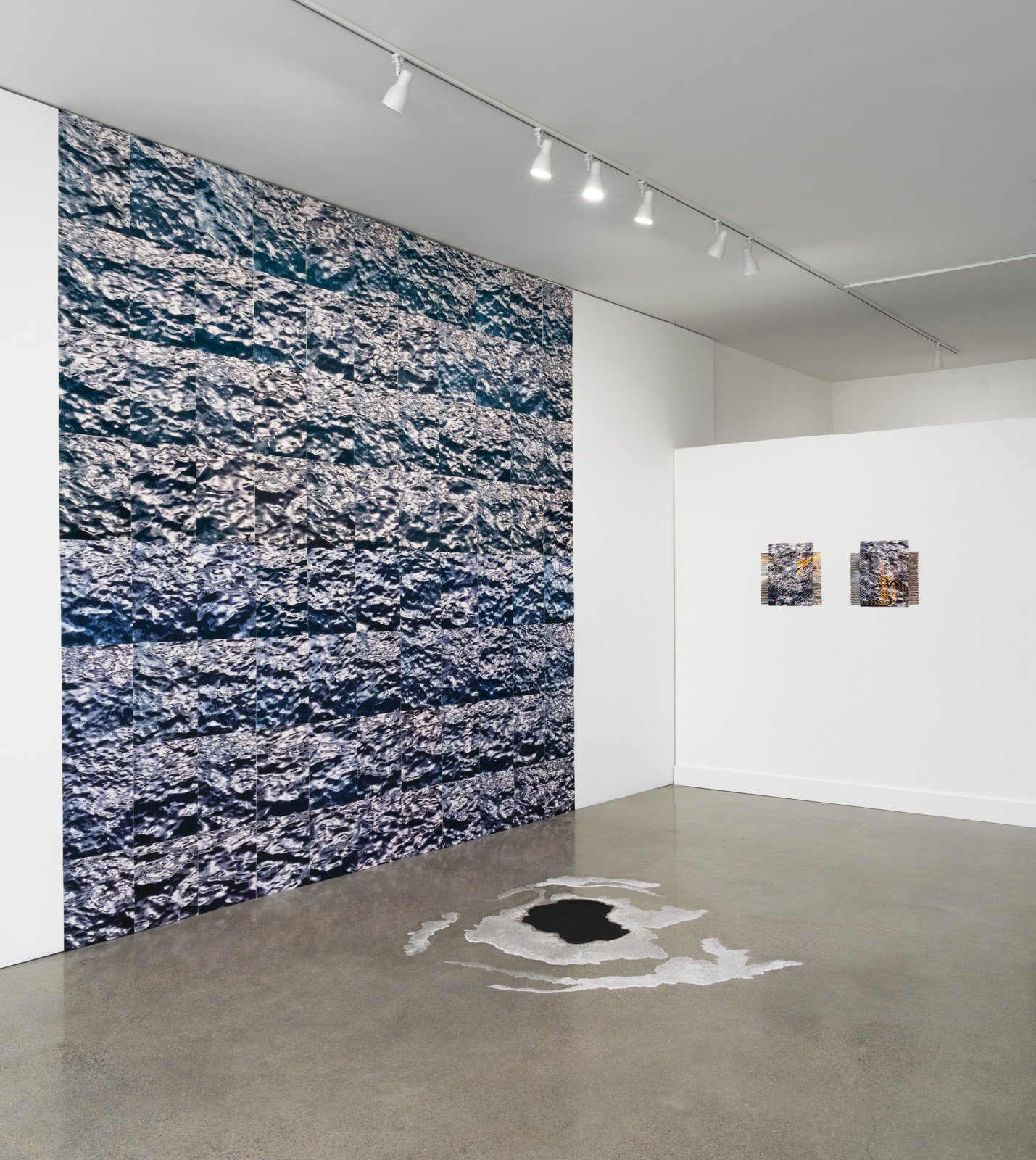

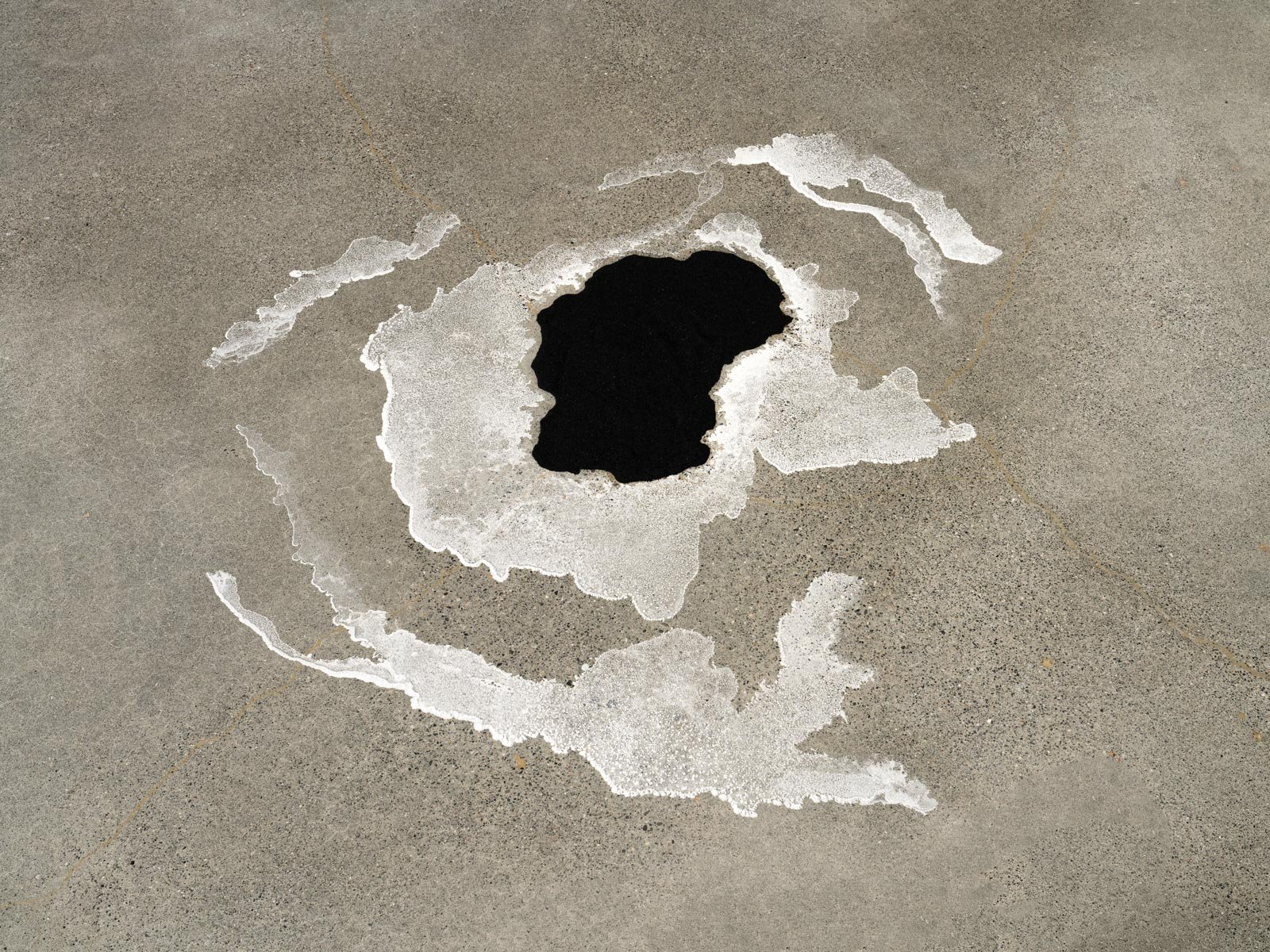
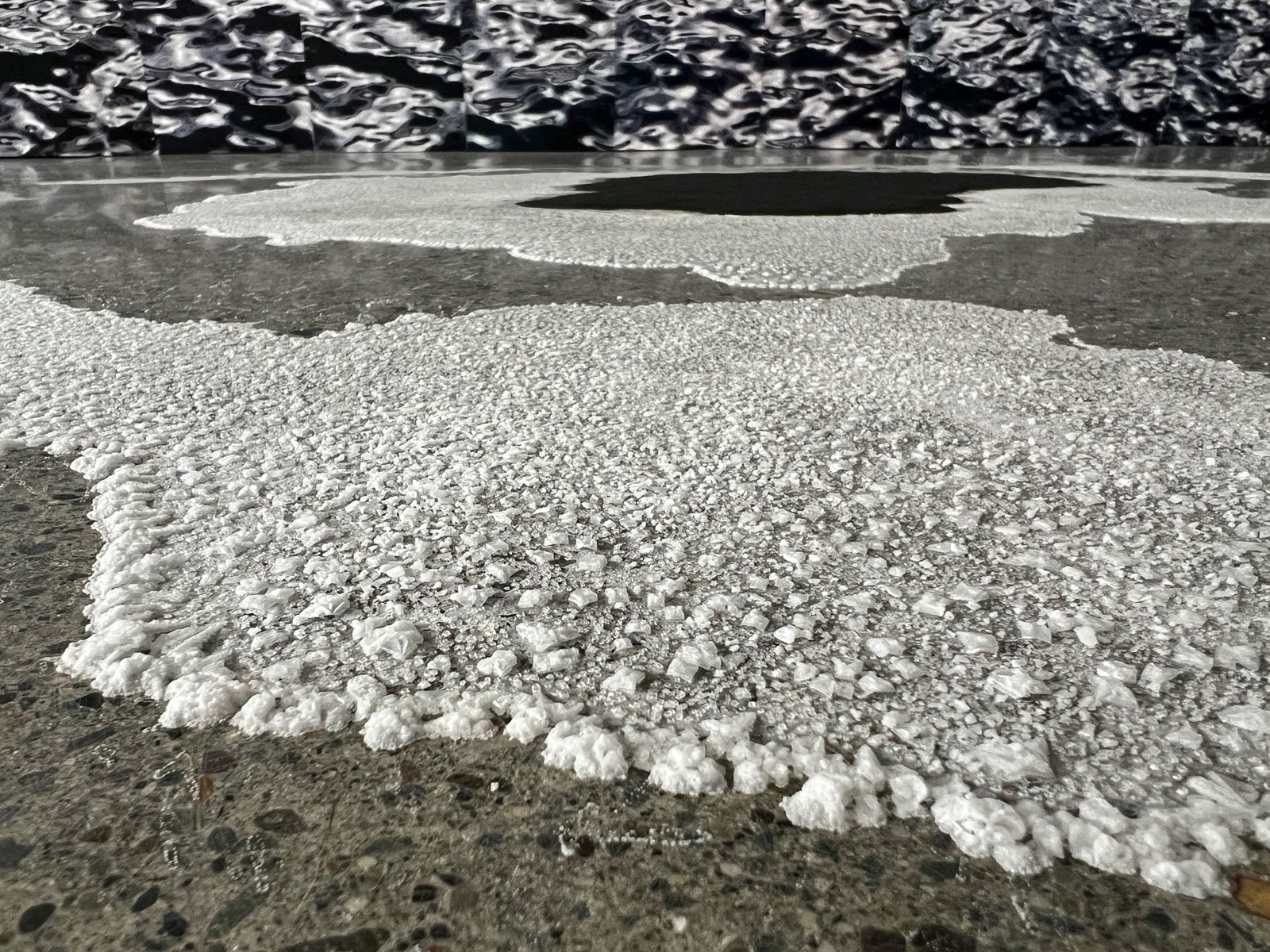
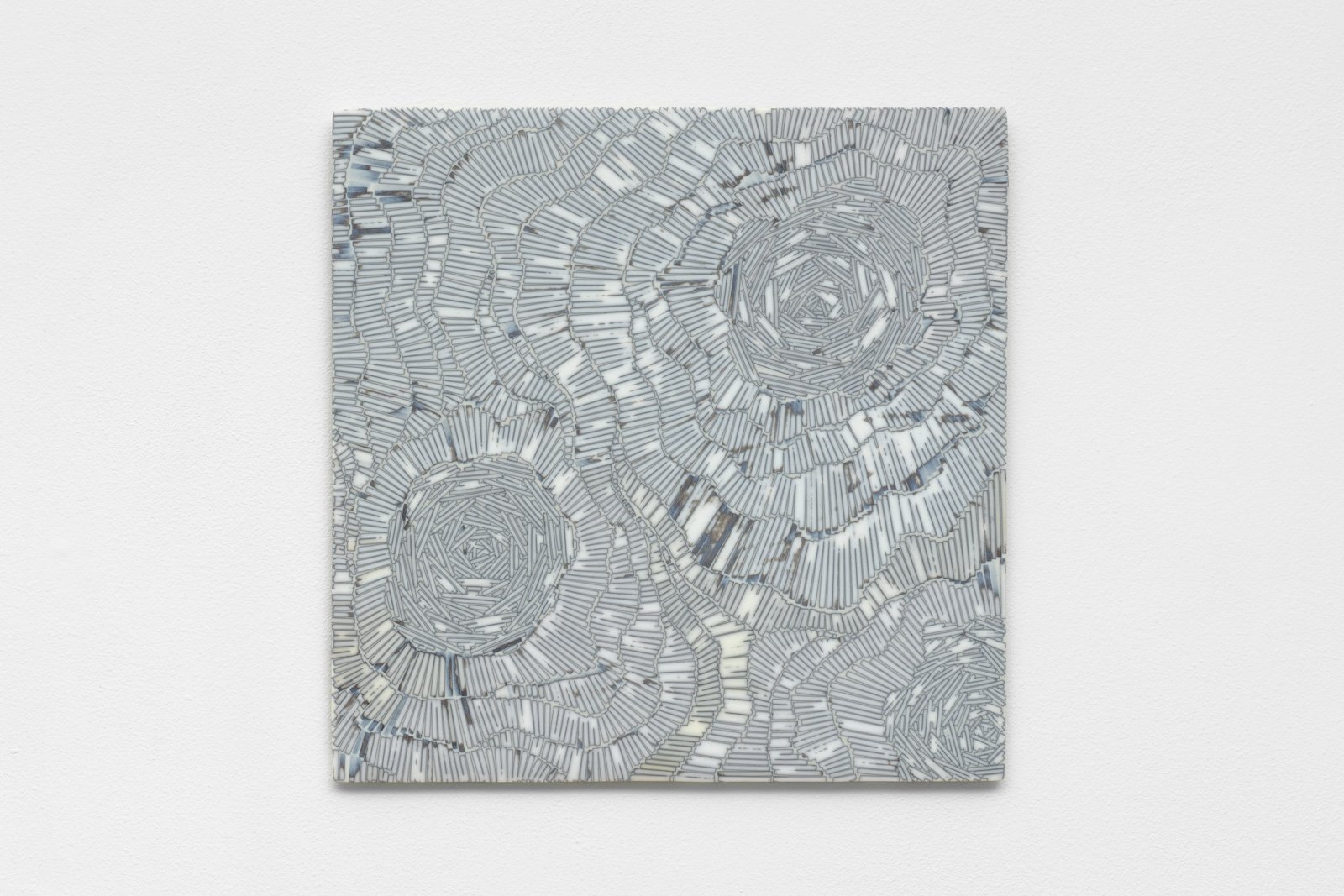
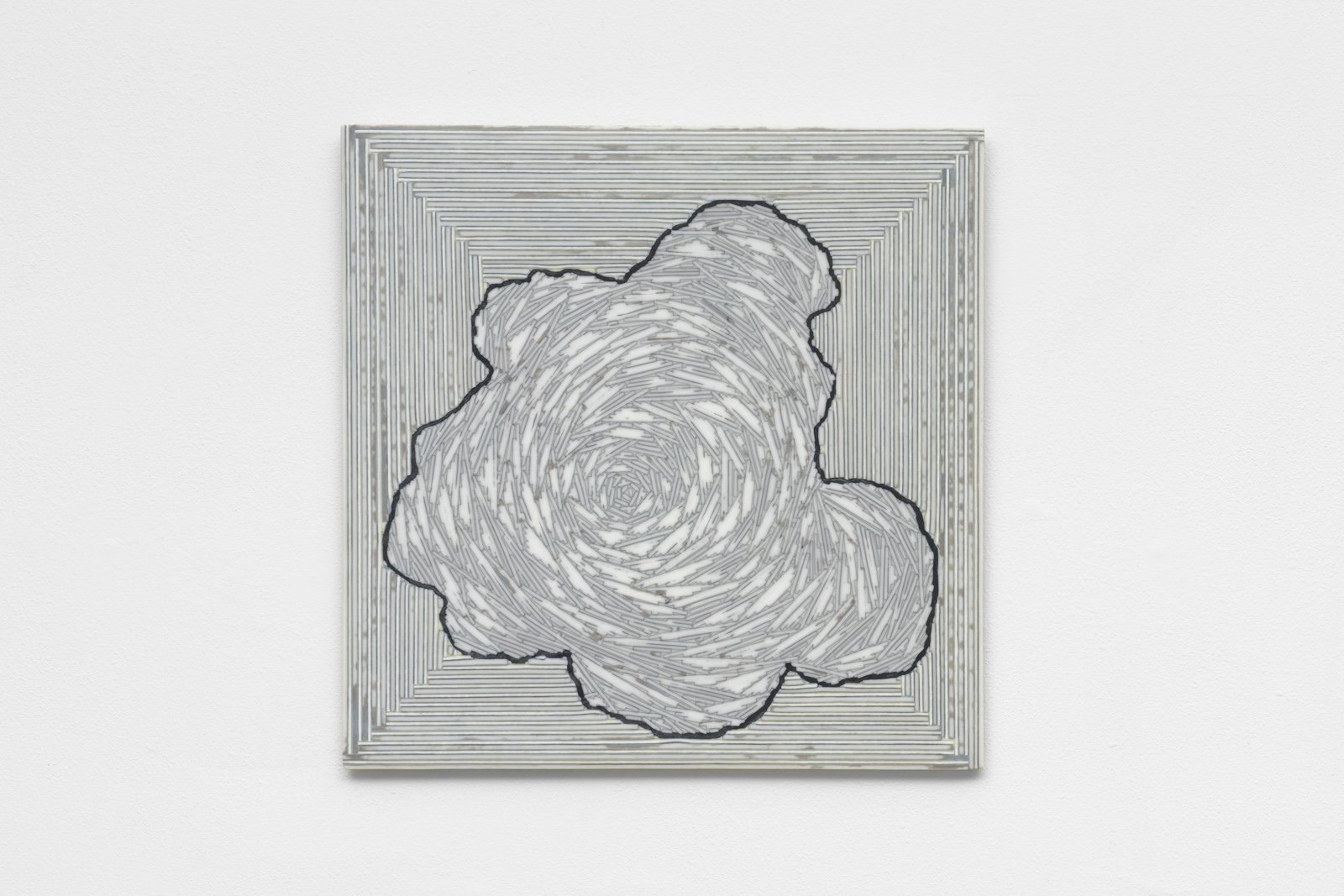

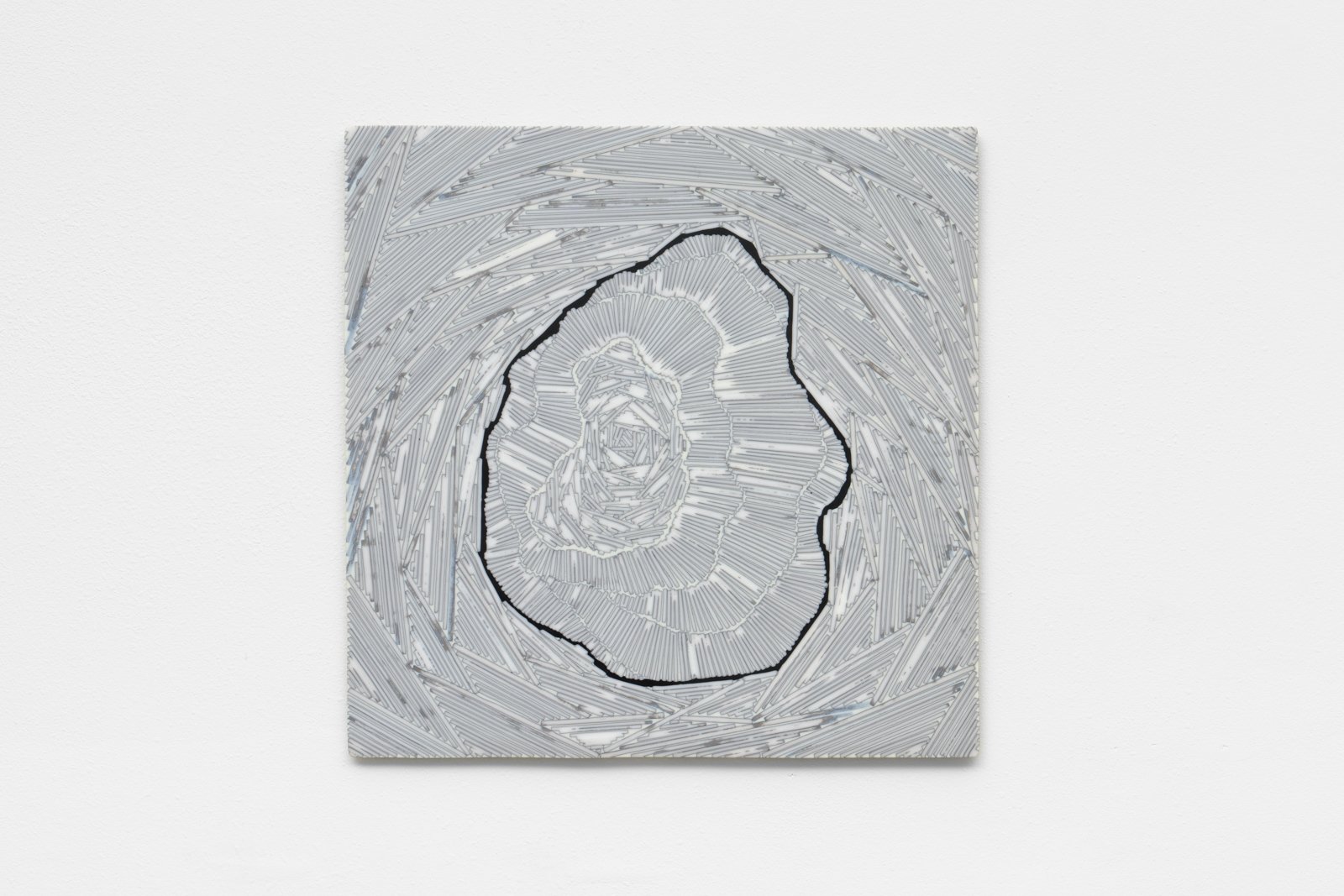
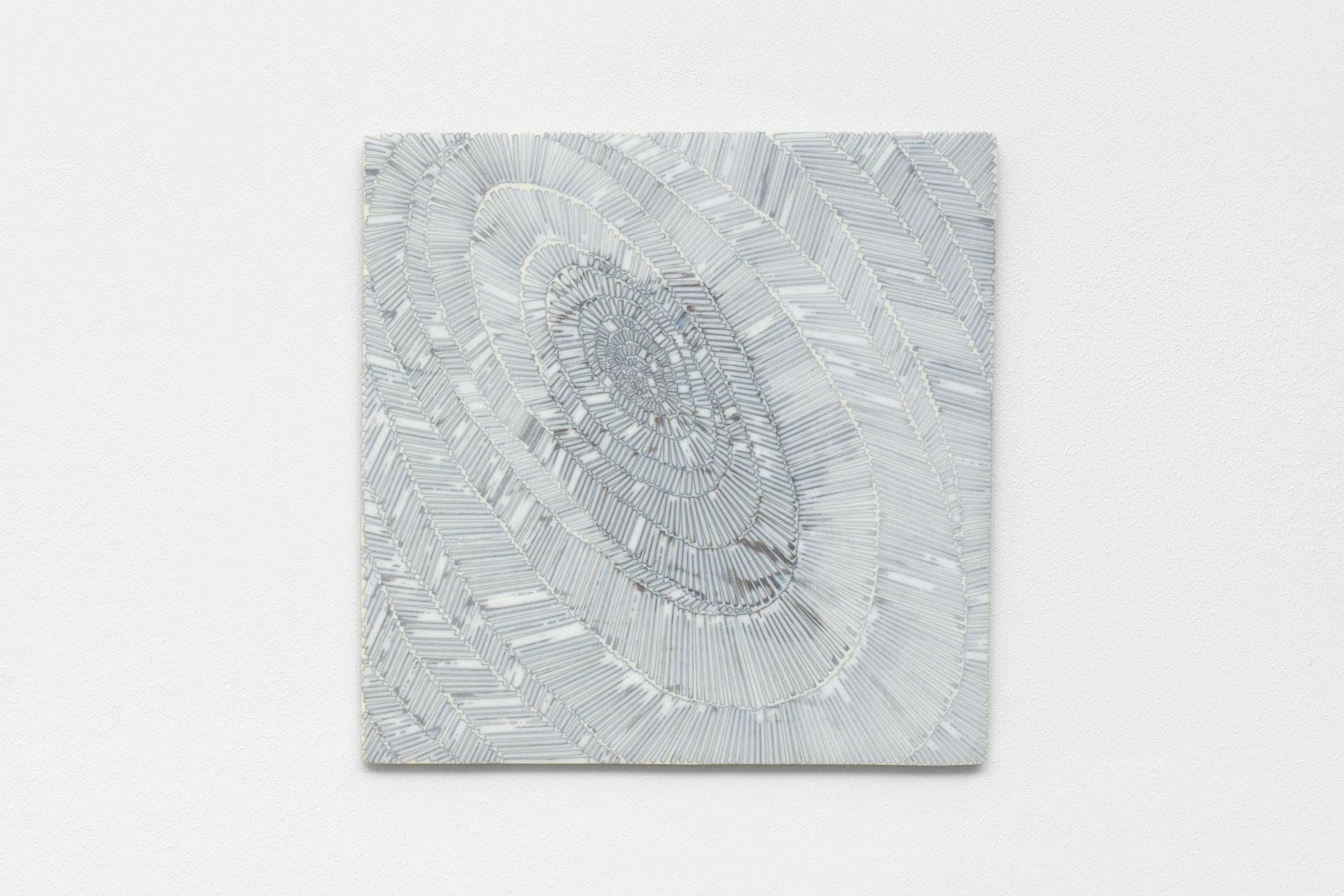
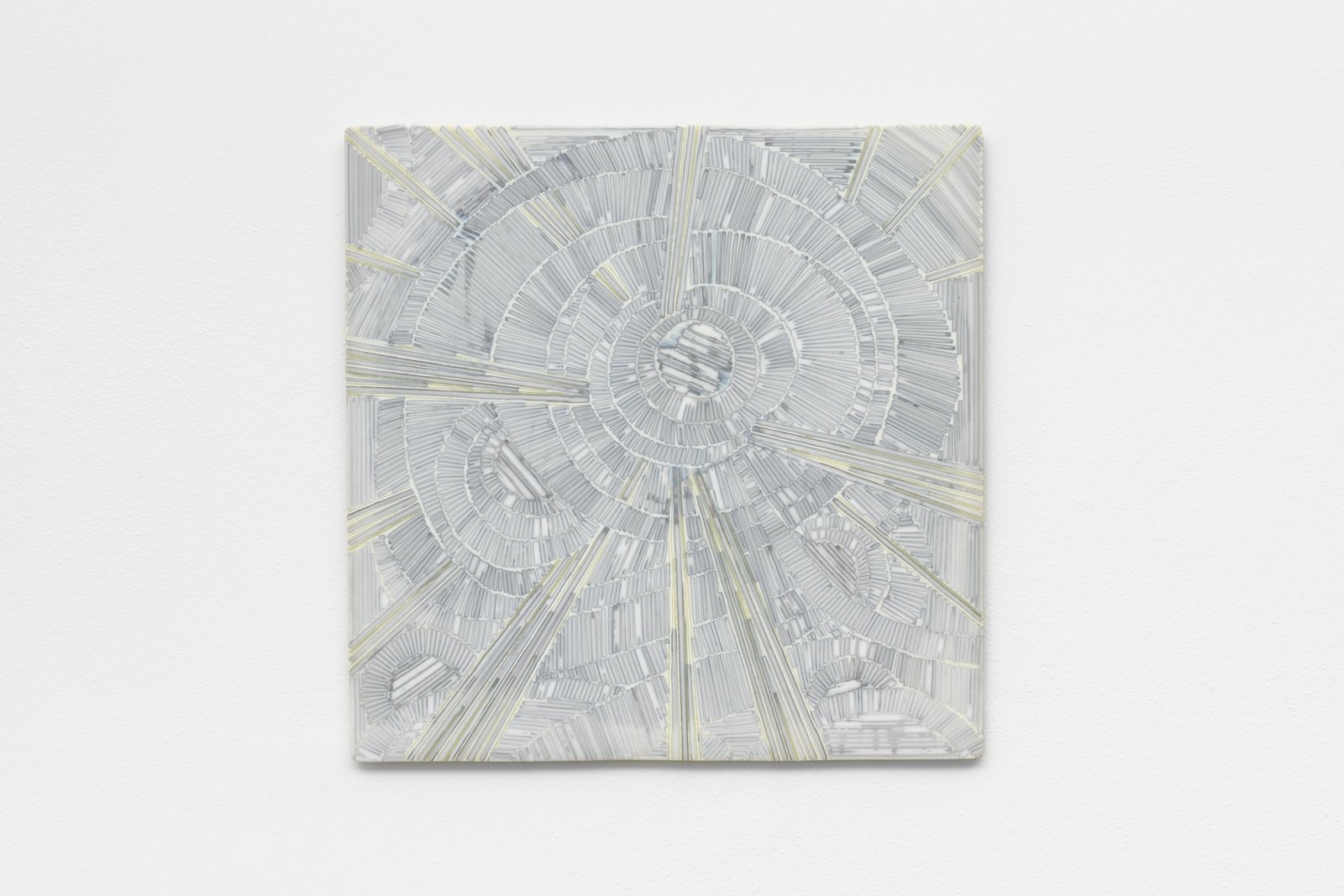



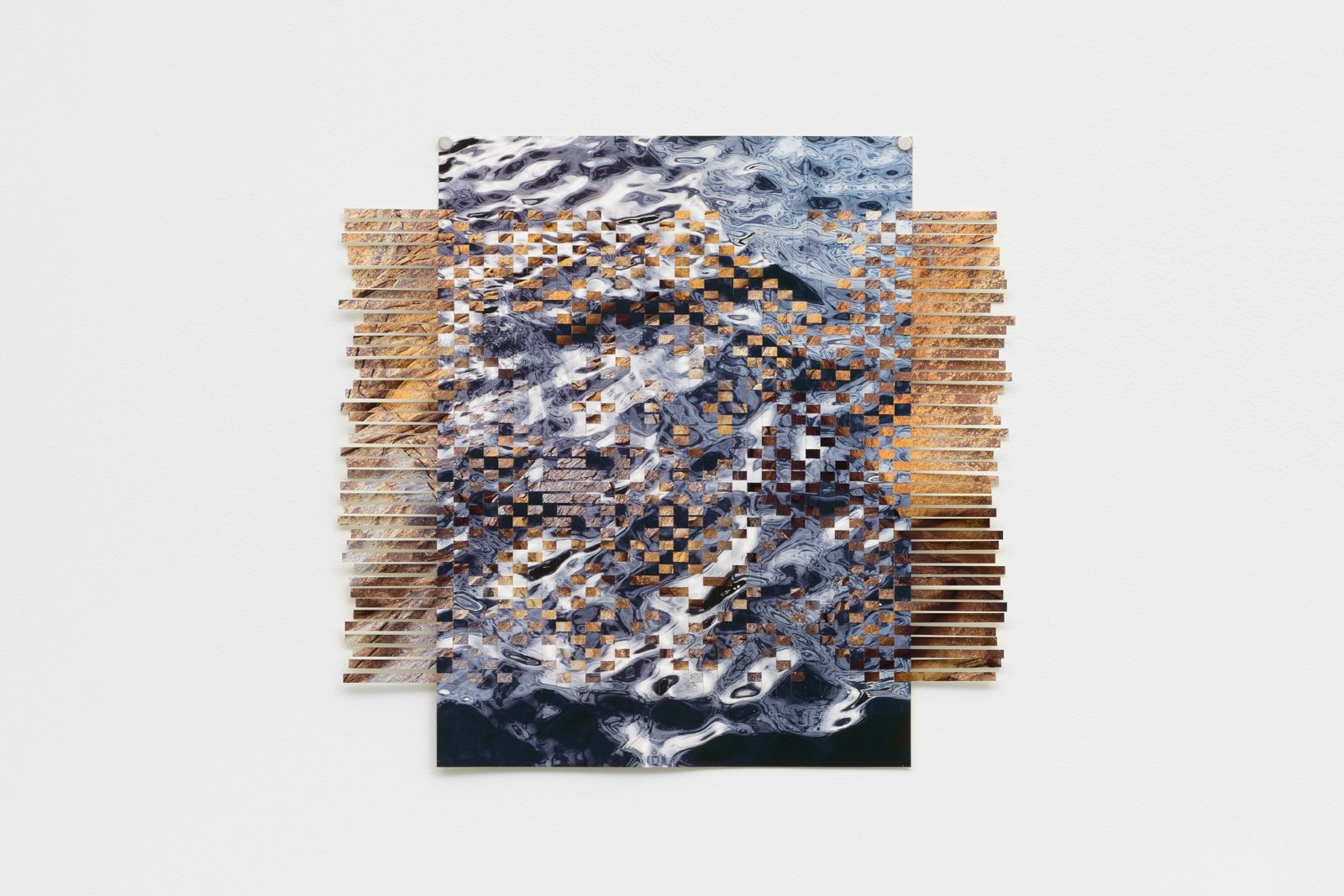
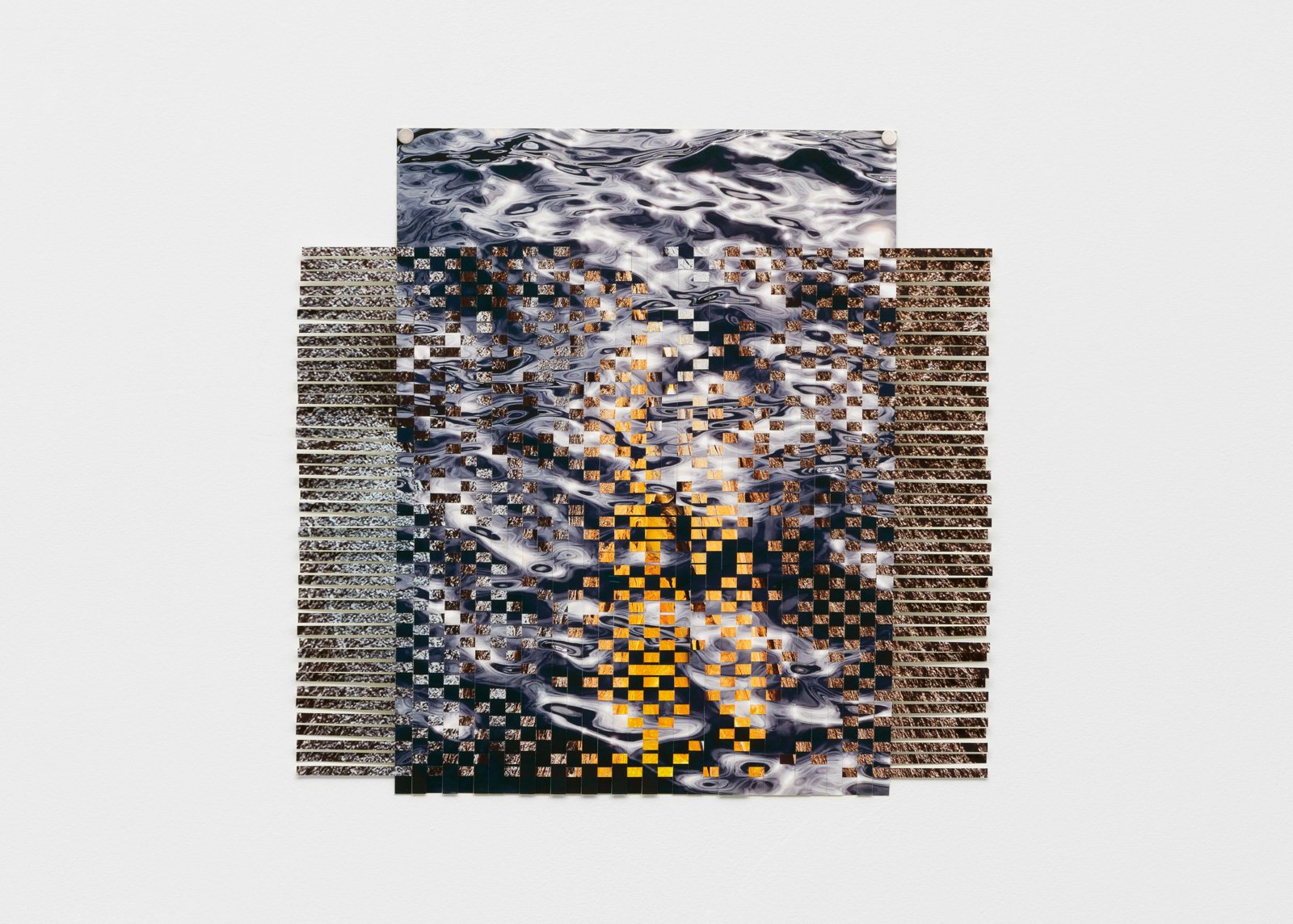

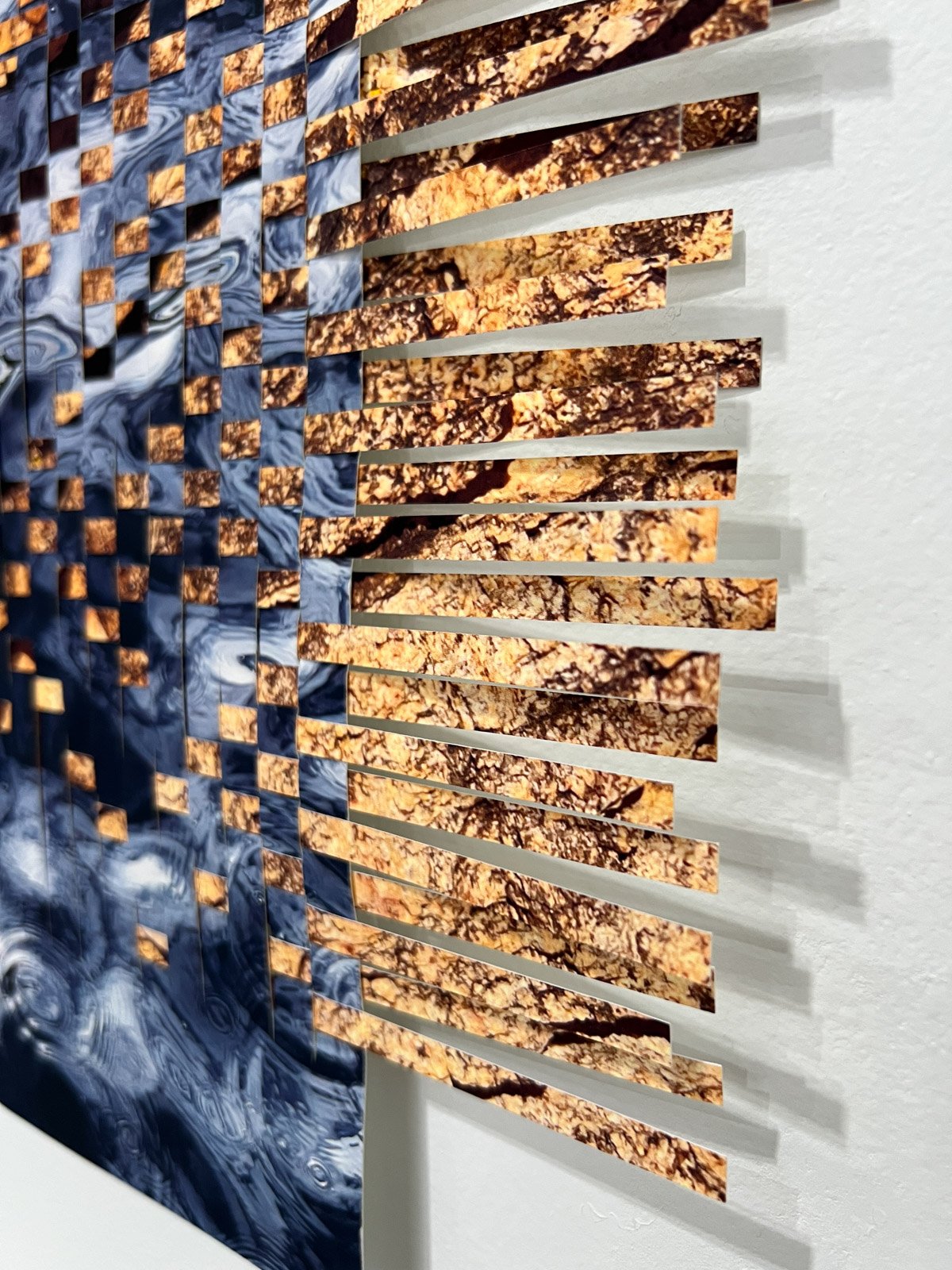
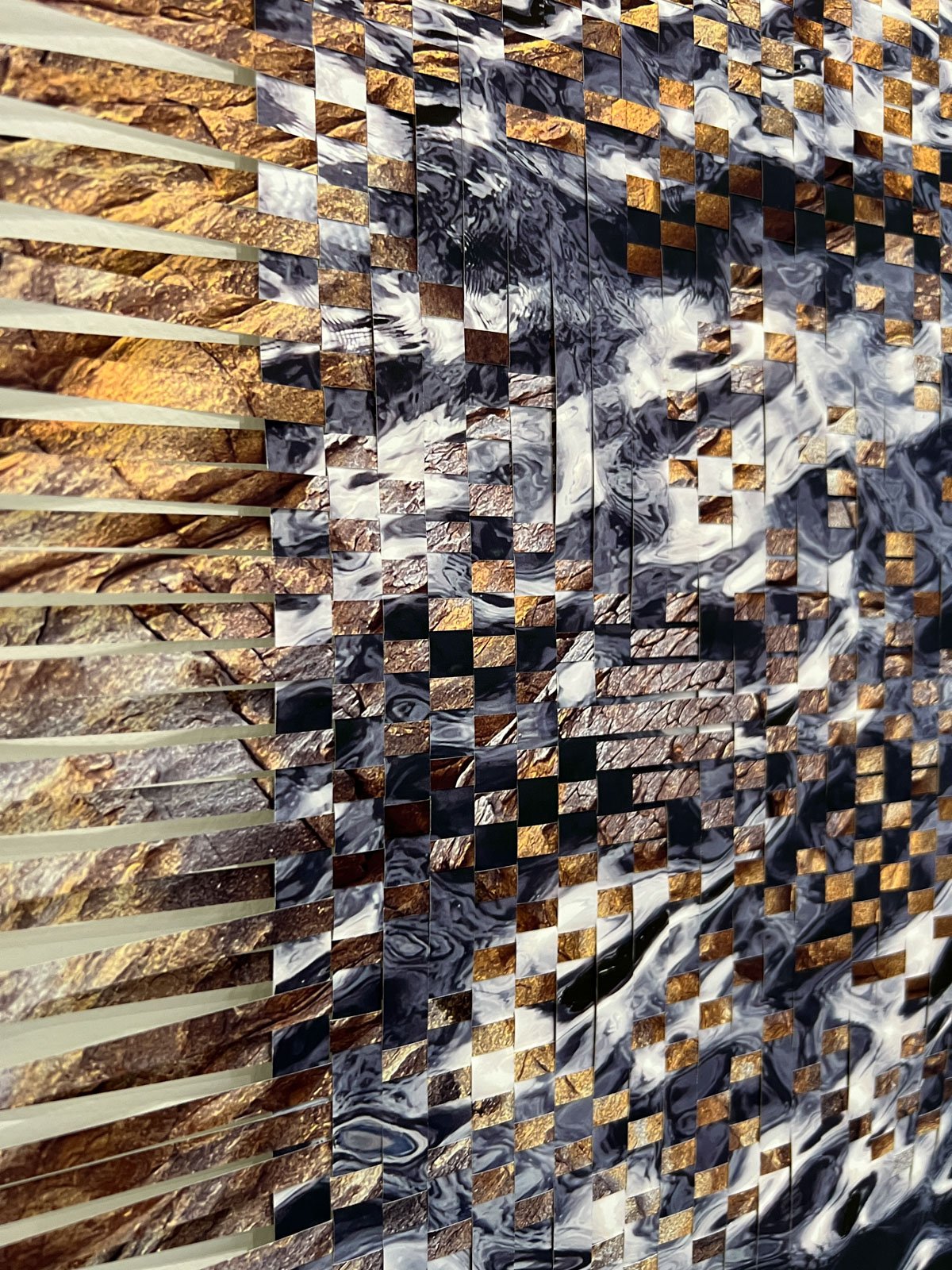
In mining, overburden is the rock, soil, and vegetation above an orebody that is removed before mining takes place. It also references the current condition of many ecosystems and the strain that people, plants, and animals experience in the face of climate and environmental changes.
Overburden investigates mining extraction processes and their socio-ecological impacts. Almost everything we use or encounter daily is extracted from the earth. Despite the general availability of minerals, these materials come from a place, landscape, and ecosystem. The project explores new ways to reconsider our relationship with the geologic materials, minerals, and resources under our feet and interwoven into our everyday.
The exhibition is inspired by extensive research and site visits to historic and modern mines in California, Minnesota, Colorado, and Montana. It is visually informed by geology maps, aerial photography of open pit mines, historic hand-drawn mine claim and mineral surveys, and months of hiking the Mojave and Colorado deserts of Joshua Tree National Park in search of its over 300 mines. This research highlighted the fundamental and often unnoticed role of water in mining processes and its frequent contamination of aquifers and surface water. In the resulting work, the use of materials is linked to mining. For example, the kiln-fired glass pieces use a chemical reaction between lead and selenium at high temperature to create the blue-grey glass line drawings.
Situated within the tension of geologic processes and human experience, the exhibition reflects issues around resource extraction, regional ecologies, and histories.